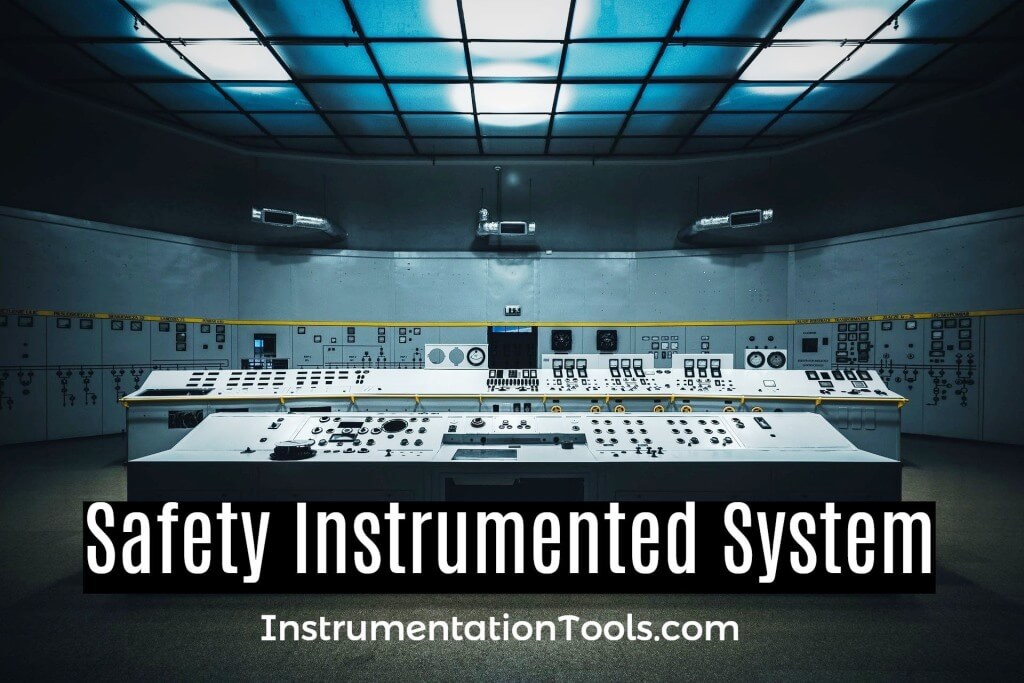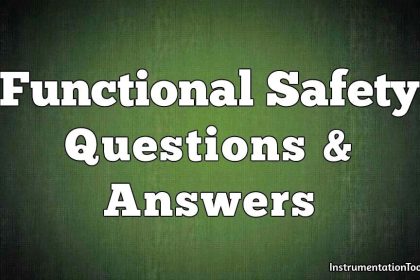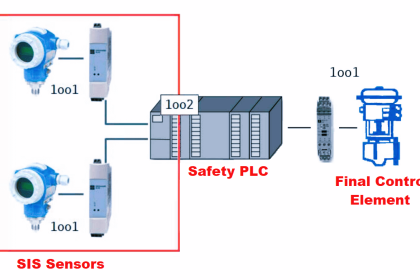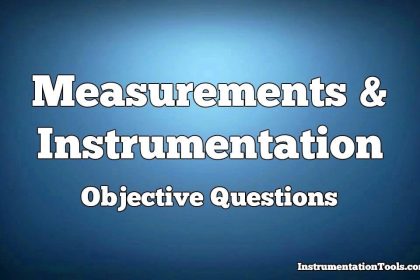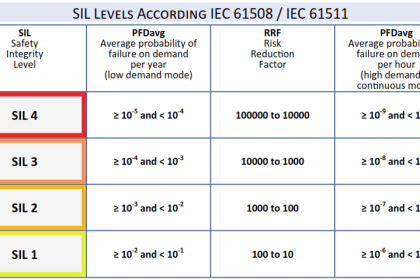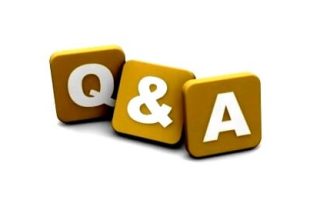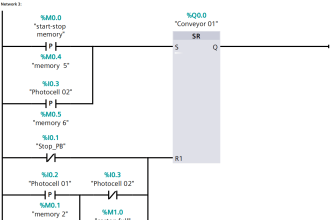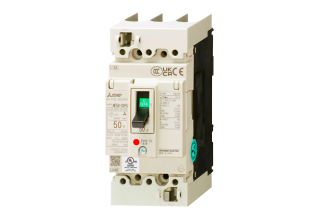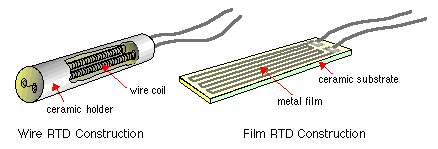Practice the 14 quiz online exam questions and answers on the safety instrumented systems (SIS) used in the oil and gas industries.
Safety Instrumented Systems Online Exam
1. SIL 4 is rarely used in the process industry:
A) None of the answers
B) False
C) Maybe
D) True
2. SFF (Safe Failure fraction) is the ratio of
A) Safe Failures / Total Failures
B) Safe Failures / Dangerous Failures
C) All Failures except Dangerous Undetected Failures / Total Failures
D) Dangerous Detected Failures / Total Failures
3. Digital valve controllers (Microprocessor-based) for Safety Instrumented Function (SIF) loops
A) Provide valve signature data for historical record and future comparison
B) Test valves to a pre-configure travel limit while the process in on-line
C) All of the answers
D) Determine the health of final control elements
4. What are the two main components of risk?
A) Magnitude of consequences & Safe distance from harm
B) Frequency of occurrence & Safe distance from harm
C) Frequency of occurrence & Magnitude of consequences
D) Magnitude of consequences & Duration of harm
5. What is the purpose of the documentation?
A) none of the answers
B) To effectively perform the phases of the safety lifecycle
C) To support the functional safety assessment tasks
D) To satisfy the standards
6. If a customer needs to compute PFDavg of Safety Instrumented Function (SIF), he needs
A) Require Safe Failure rates of each components in the loop
B) Require Dangerous Failure rates of each components in the loop
C) Require Dangerous and Safe Failure rates of each components in the loop
D) MTBF of each component in the SIF loop
7. Use of a Solenoid valve in the pneumatic tubing path provides
A) Improves PFD (Probability of failure upon demand)
B) All of the answers
C) Larger orifice to meet stroking speed requirement
D) Worsens NTR (Nuisance Trip Rate)
E) Redundant pneumatic path
8. By introducing the Partial Stroke test and increasing test frequency a digital valve controller:
A) Can test valves more frequently to check mechanical movement & diagnostics
B) Can extend the turnaround period
C) Can improve SIL Level of the existing loop
D) All of the answers
9. SIL is a quantitative measure of Risk and Risk is a function of
A) Frequency & Consequences
B) Consequences
C) Frequency
D) None of the answers
10. How does a Safety Instrumented System most typically reduce risk?
A) Satisfies legal requirements
B) Satisfies managerial requirements
C) Reduces the magnitude of harm
D) Reduces the likelihood of harm
All questions and answers are available in the Quiz.
Click on the below button to launch the Quiz.
Share your answers with us through the below comments section.
